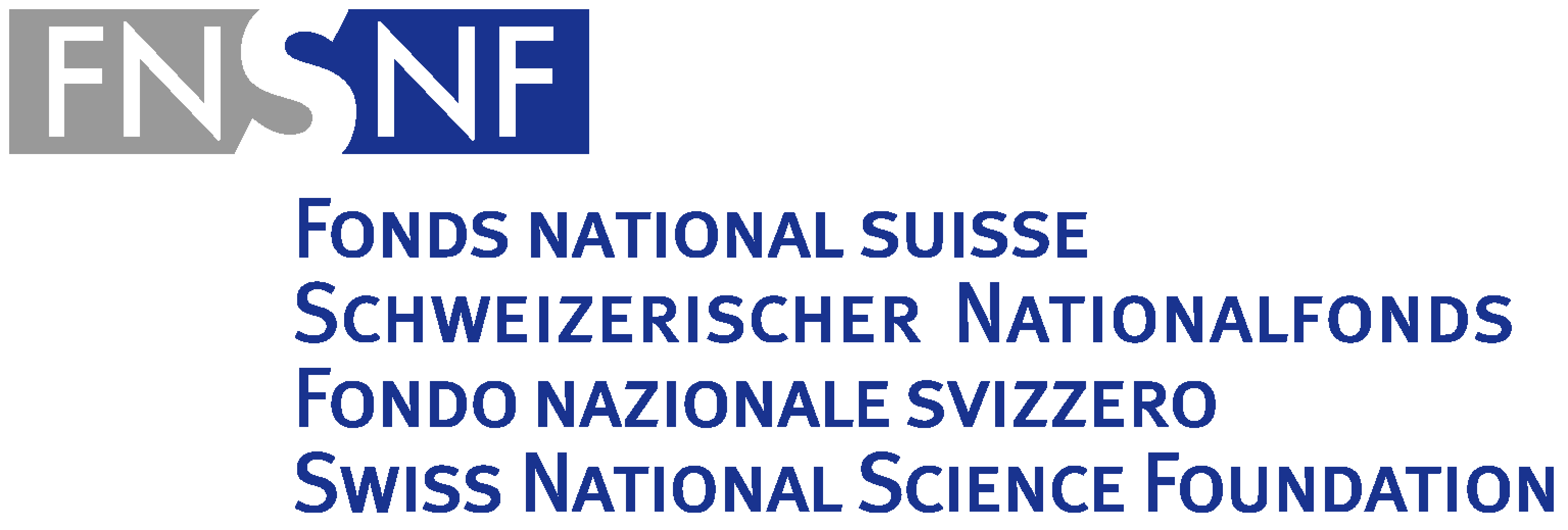- Institute
- Research topics
- Organization
- Platforms
- Services
- Europe/International
- Science outreach
- Agenda
- Directory
- Access


Chromatin and Genome Silencing
Precise regulation of gene expression is critical for life. Indeed, in certain conditions some genes need to be expressed into functional molecules such as proteins and in other conditions those or other genes need to be silenced to guarantee the proper functions of cells and organisms during development and in response to the environment. Misregulation of gene expression can lead to developmental defects and diseases.
Regulation of gene expression relies on three main levels, the transcriptional (DNA>RNA), post-transcriptional level (RNA regulation), and translational (protein level regulation).
In the lab, we are interested on the epigenetics mechanisms underlying genome silencing at the transcriptional and post-transcriptional levels. Those two levels are regulated by many processes including through the activity of transcription factors, RNA-binding proteins and chromatin modifying enzymes. Chromatin which is composed of DNA and proteins including histones which can be modified. Histone modifications confer an additional layer of regulation that fine tune expression at both transcriptional and post-transcriptional levels. Our favorite model organisms are Drosophila and C. elegans, but we also work on mammalian cells including human and primary murine cells when necessary. Using a combination of microscopy, biochemical, molecular biology, genetics and genomics analysis our main research interests focus on:
1) Silencing of transposable elements
2) Silencing of H3K27me3-enriched chromatin via RNA degradation







